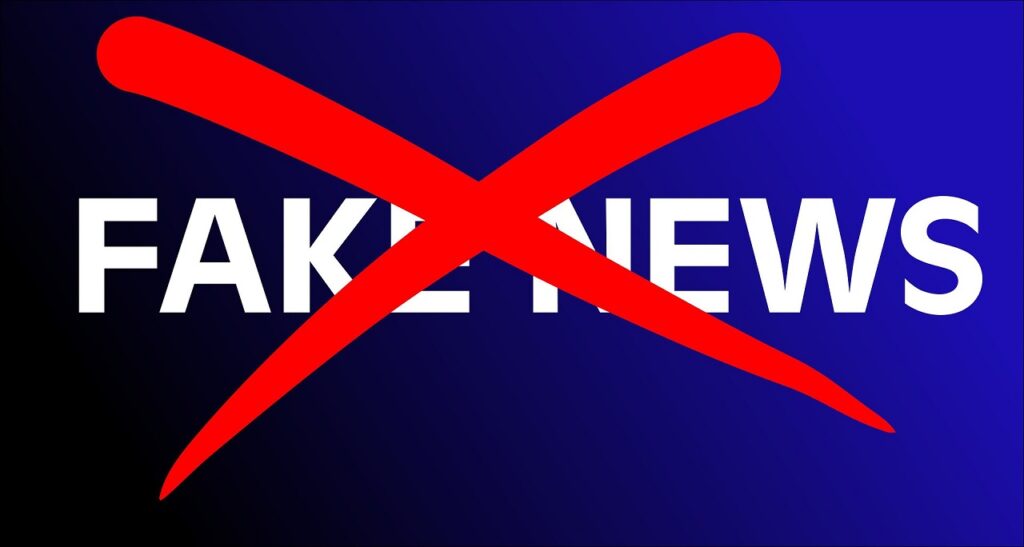Propaganda is primarily used in war to demoralize the enemy. A primary objective of propaganda aimed at enemy nations is to break down their will to fight. It has been used in wars long before the pre-internet era and has proven to serve the propagandist well.
Looking into the past: Hitler’s Propaganda
After the Nazis took ascended to power in 1933, Adolf Hitler established a Reich Ministry of Public Enlightenment and Propaganda. The Ministry’s head, Joseph Goebbels was tasked with ensuring the Nazi agenda was communicated through art, music, theater, films, books, radio, educational materials, and the press.
Nazi propaganda influenced Germans in the following ways;
● It reminded them of the struggle against foreign enemies and Jewish insurrection.
● It created an atmosphere tolerant of violence against Semites. Propaganda was crucial to ensure that Germans do not resist the government’s violent acts towards Jews. Passing laws that permitted such acts was made possible by the propaganda.
Hitler stressed to both civilians at home and to soldiers, police officers, and non-German auxiliaries serving in occupied territory themes linking Soviet Communism to Jews, ergo, portraying Germany as a protector of the Western culture against Jewish influence.
Nazi propaganda was well planned and strategic and was geared towards influencing people by triggering emotion. For instance, the antisemitic film “Der ewige Jude”, released in 1940 was a crucial part of Hitler’s propaganda arsenal.
Propaganda today
Since World War II, waring nations have used propaganda to weaken their enemy or justify the war. In the ongoing war between Russia and Ukraine, propaganda is evident from both proponents and opponents.
While propaganda was somewhat ineffective in World War II, today it is quite efficient – thanks to social media and other modern forms of communication. Popular social media platforms are flooded with videos, messages, and pictures that do not represent what is going on in Ukraine.
The sad part is that many people do not question such information. To make matters worse, some “credible” media sources are spreading false information about the invasion. Notably, some horrifying images and videos about the invasion were lurking on the internet way long before the invasion and are being used to spread propaganda.
TikTok videos, propagandized headlines, and tweets are confusing people across the globe about the reality on the ground.
Across social media platforms, the invasion of Ukraine was both “unprovoked” and “necessary” depending on the sender of the message.
As strange as it may sound, a clip from a video game amassed millions of views as users falsely claimed it portrayed attacks in Ukraine. A video captured in Libya more than 10 years ago was shared across Facebook and Twitter. In the video, you can see a fighter jet falling through the sky to the ground. Those sharing it claimed the jet was a Russian warcraft shot by Ukrainian forces.
People watching such videos will probably share them and move on with their day without questioning the credibility of the source.
As the attacks in Ukraine continue, expect to see more misleading and false claims about what is happening. You should avoid sharing content from unverified sources. If you do not trust it, do not share it.
Can tech companies help?
Social media platforms are the most affected by propaganda because the content is user-generated. Unlike mainstream media institutions that can sieve through their content before publishing or airing it, social media firms don’t have this option.
Currently, most social media platforms have implemented artificial-intelligence based algorithms to filter through posts and check for misinformation. These tools are not 100 percent efficient in addressing the issue.


Very true.. looking at it keenly you’ll realize it has both positive and negative effects.
True